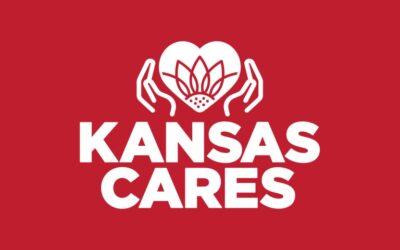 Walk Score is a web site that attempts to provide guidance about how walkable a community is, by calculating a score for a given address, based on its proximity to amenities such as grocery stores, schools, shopping, professional services, churches, entertainment, and recreation. The walk score for an overall community is based on a average of the entire city, weighted by areas of greatest population.
Walk Score is a web site that attempts to provide guidance about how walkable a community is, by calculating a score for a given address, based on its proximity to amenities such as grocery stores, schools, shopping, professional services, churches, entertainment, and recreation. The walk score for an overall community is based on a average of the entire city, weighted by areas of greatest population.
Here are the Walk Scores for communities in Allen County, Kansas:
- Iola: 68 … Some errands can be accomplished on foot.
- Humboldt: 45 … Most errands require a car.
- Moran: 28 … Most errands require a car.
- Bassett: 8 … Almost all errands require a car.
- Gas: 6 … Almost all errands require a car.
- Mildred: 6 … Almost all errands require a car.
- Elsmore: 0 … Almost all errands require a car.
- La Harpe: 0 … Almost all errands require a car.
- Petrolia: 0 … Almost all errands require a car.
- Savonburg: 0 … Almost all errands require a car.
The rankings are pretty much what you’d expect. Iola, as the community with the most shopping and recreational amenities, has the highest Walk Score. People in Iola can walk for many of their day-to-day transportation needs, though. However, most places in the county require a car for every trip.
Why does Walk Score matter?
For one thing, not everyone owns a car, and not everyone is able or willing to drive a car. These people still need to get around, and with little to no public transit options, walking (or biking) is a viable option, if the location and built environment supports it.
Secondly, getting enough exercise is a problem for many people. National guidelines suggest 30 minutes of movement a day, at a minimum. If you’re able to walk from place to place to accomplish the daily tasks of living, a walkable community makes it possible to get that 30 minutes of exercise very easily. People in unwalkable areas must schedule specific time to exercise. And in our busy day-to-day lives, that’s one thing that’s easy to let slip.
There are, of course, lots of additional benefits of walkable communities, including stronger downtowns, more robust local businesses, better mental health, better community cohesiveness, getting to know your neighbors, more attractive streetscapes, a lower incidence or childhood obesity, and a better chance of attracting businesses and individuals who value a healthy lifestyle.
And finally, Walk Scores are beginning to be a crucial element in the decision-making process of people choosing a community, and selecting a home or a neighborhood within that community. House-hunting web sites such as Zillow now prominently feature Walk Scores in their listings.
The National Association of Realtors reports that: “Neighborhoods that boast greater walkability tend to have higher resale values in both residential and commercial properties. Just a one-point increase in a city’s walk score could potentially increase homes’ values by $700 to $3,000. There’s a strong preference for being in a neighborhood where people can walk to shops, restaurants, parks. Two-thirds of those surveyed cited walkability as an important factor in choosing where to live. The most valuable real estate around the world is in walkable places, places where people are living and working in closer proximity.”
So how does Allen County compare to some communities in our neighboring counties:
- Burlington: 55
- Garnett: 52
- Mound City: 57
- Fort Scott: 69
- Pittsburg: 35
- Chanute: 68
- Fredonia: 62
- Yates Center: 43
Looked at another way, here are some peer cities around the state, within +/- 1000 of Iola’s population (5,698):
- Mulvane (6,267): 54
- Ulysses (6,239): 68
- Eudora (6,184): 40
- De Soto (5,869): 31
- Spring Hill (5,612): 54
- Paola (5,550): 63
- Colby (5,406): 52
- Concordia (5,320): 78
- Tonganoxie (5,108): 62



